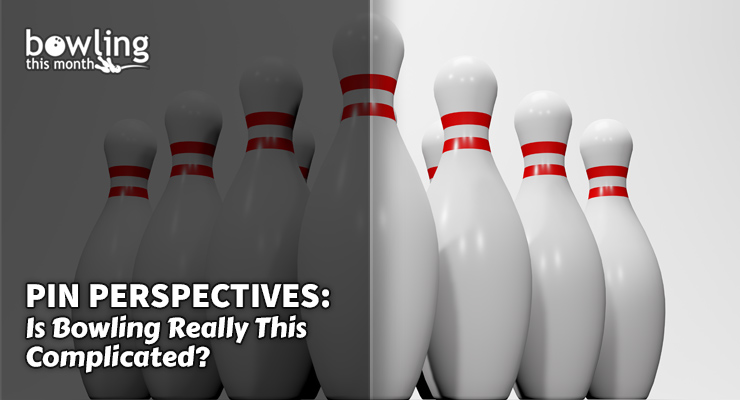Article Contents
- 1. Bowling is complicated…at least more than it used to be
- 1.1. Equipment
- 1.2. Release
- 1.3. Spare shooting
- 1.4. Lane play adjustments
- 1.5. Online resources
- 2. So where do we go from here?
- 2.1. Establishing a trusting relationship with a local PSO
- 2.2. Establishing a trusting relationship with a local coach
- 2.3. Choosing and committing to one spare shooting system
- 2.4. Simplifying and creating your own adjustment toolkit
- 2.5. Choosing reputable online resources
- 3. Closing thoughts
Note: This article is only available to Bowling This Month subscribers.
One only needs to peruse the many articles and pages of BTM to conclude that this is truly the technical magazine for bowlers. Further, use the search box feature on BTM’s home page and you will find multiple articles on the same or similar topics. Reading those articles, you will observe that, while many of our coaches agree on some techniques and strategies, many offer differing opinions and unique approaches to our sport.
We also live in an age of easily accessible online information, including a multitude of YouTube videos, bowling coaching articles, and social media posts. This leads us to this month’s burning question and its implications for us, as bowlers: Is the competitive sport of bowling inherently complicated, or are we, the bowlers, making it more complicated than it needs to be?
Bowling is complicated…at least more than it used to be
In examining the matter of bowling’s seeming complexity, let’s focus on five areas: equipment, release, spare shooting, lane play adjustments, and the prevalence of online bowling resources. Afterward, I’ll dive into simplifying these issues.
Equipment
In Susie Minshew’s lane play adjustment articles, she uses the acronym LASER, where the “E” stands for equipment. The term “matching up,” where a bowler needs to use the right combination of core, cover, surface on that cover, and layout to match up with their release type, ball speed, rev rate, axis tilt, axis rotation, and of course the lane conditions, is crucial in our era of bowling. Even in house shot leagues, most competitive bowlers show up with more than just one ball for strikes and one for spares.
If you are reading this article, you are likely not a bowler who walks in and tells the pro shop operator (PSO) those infamous words, “I want it to go long and snap!” Instead, you do research, take notes about the core ...
Already a premium member? Click here to log in.


 (Only
(Only 